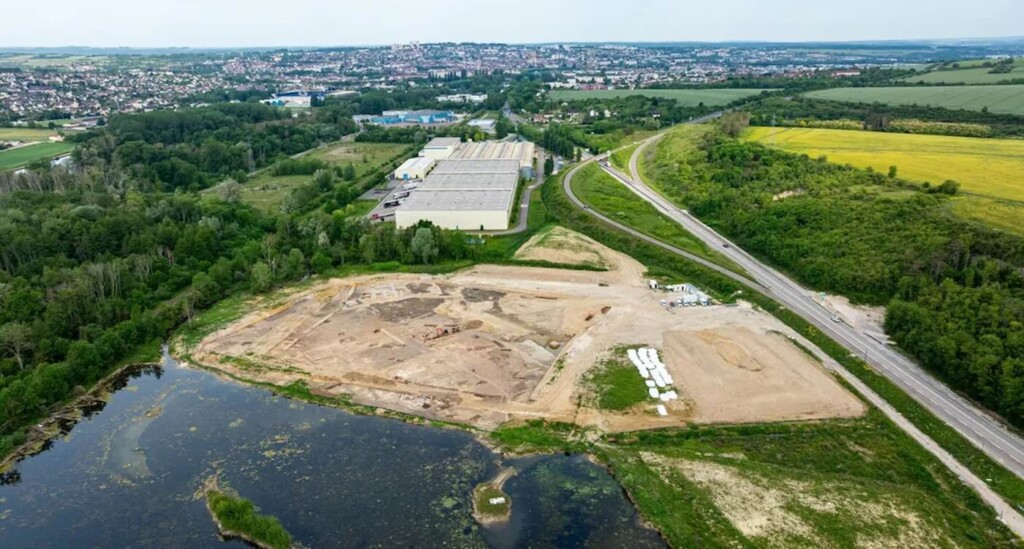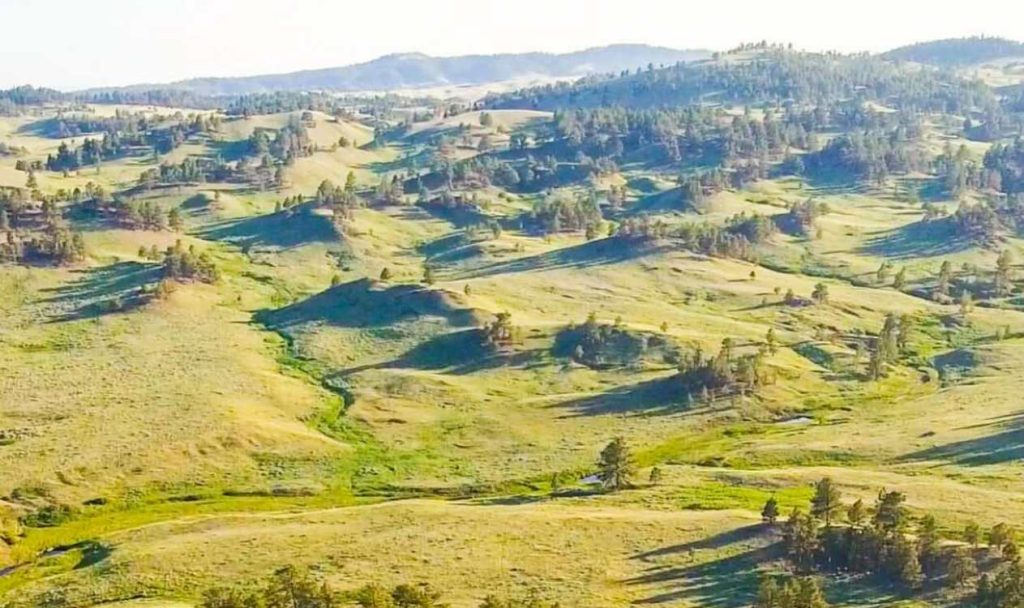In a delightful twist of fate, a simple road construction project has unearthed a treasure trove of history in central France. The remarkable discovery of a grand Gallo-Roman villa reveals not only a glimpse into the past but also the remarkable lives of those who once walked its halls. Join us as we explore this captivating tale that brings ancient times back to life.

Imagine stepping into the shoes of a Roman official centuries ago, where luxurious living was the norm. This is precisely what the excavation of the Sainte-Nitasse site near Auxerre reveals—an extraordinary villa sprawling over 43,000 square feet. Unearthed during routine roadwork, the remnants of this ancient estate showcase an architectural wonder that would have been the envy of many.
Many may be familiar with the expression that all roads lead to Rome, and while that’s true in a historical sense, it’s somewhat poignant that today’s discoveries often arise from efforts to improve our modern roads. Eli Wizevich from Smithsonian Magazine highlights how remnants of the past, like this villa, are often uncovered during such projects.
Following the conquest of Gaul by Julius Caesar, the region became home to affluent individuals from the patrician class. They erected vast agricultural estates serving as centers of administration and prosperity. While a smaller site was known in the area, this grand discovery took everyone by surprise, indicating a level of significance previously unrecognized.
As workers cleared the land for a road on the D606, stunning building materials were revealed, from finely cut stones to exquisite marble, confirming that the remains of a minor building were merely a fragment of something much larger and more spectacular.
The villa is fascinatingly designed, incorporating careful planning between residential and agricultural spaces—the pars urbana and pars rustica, respectively. It features ornate baths, sophisticated gardens, and other luxurious amenities characteristic of Roman life. Notably, a vast garden is bordered by a fountain, enhancing the tranquil essence of the estate.
This villa was not just a home; it was a testament to the architectural brilliance of the Gallo-Romans. With special features like an ornamental pond and an ingenious underfloor heating system known as hypocaust, the comforts of Roman living can still be felt in this well-preserved site.
The site’s prevailing state of preservation is remarkable, as lead archaeologist Alexandre Burgevin expressed. “Walking on floors laid centuries ago and moving between rooms just as the ancient occupants did is incredibly moving,” he remarked.
Though much is yet to be explored, the excavation teams continue their dedicated work, racing against time as road construction looms ahead. Their efforts promise to unlock even more secrets about this magnificent piece of history.
So, let’s share this inspiring story with friends, reminding them that beneath our busy roads, remarkable tales from long ago are just waiting to be discovered.
If you would like to see similar good news stories click here & Share this to brighten someone’s day.





